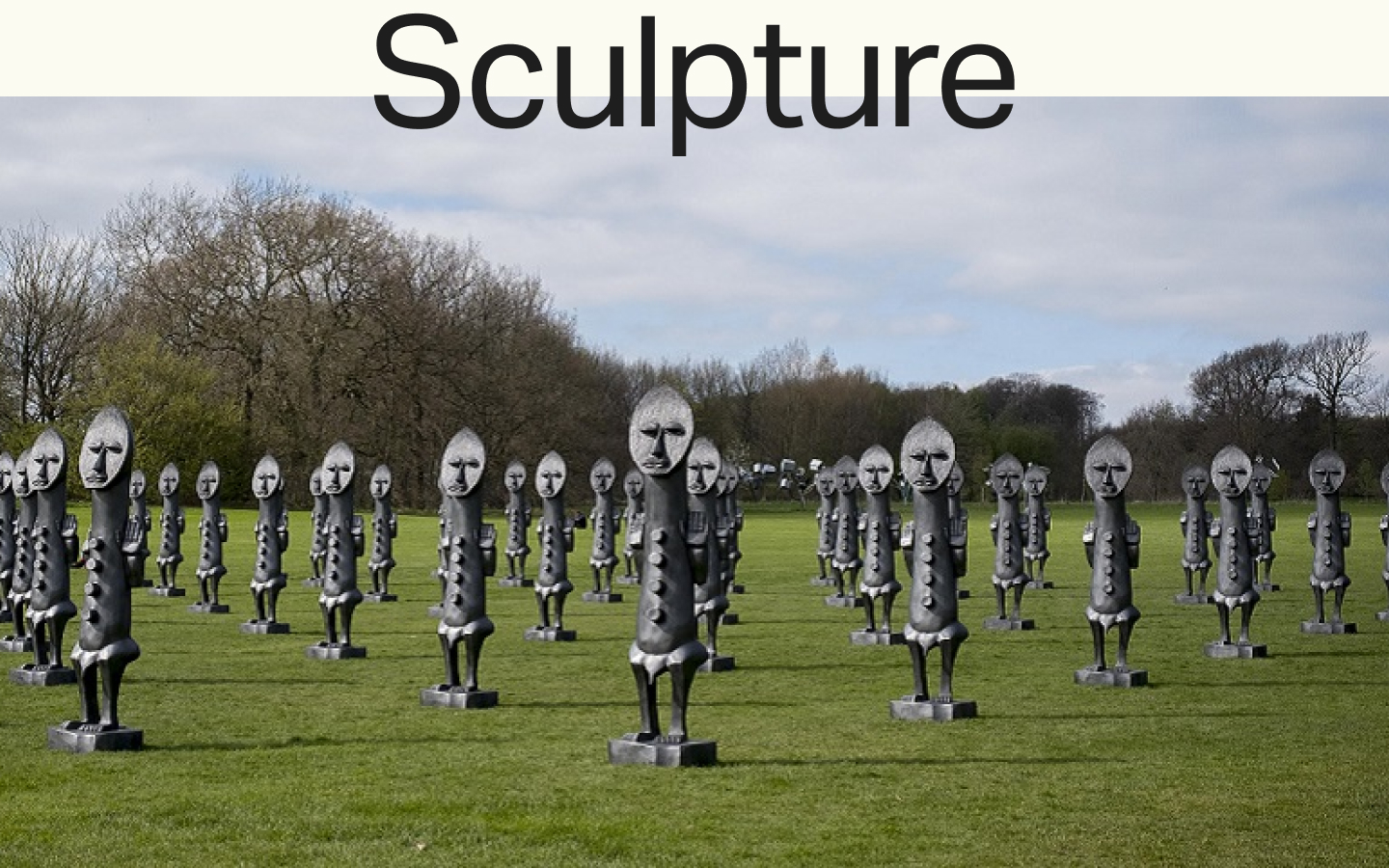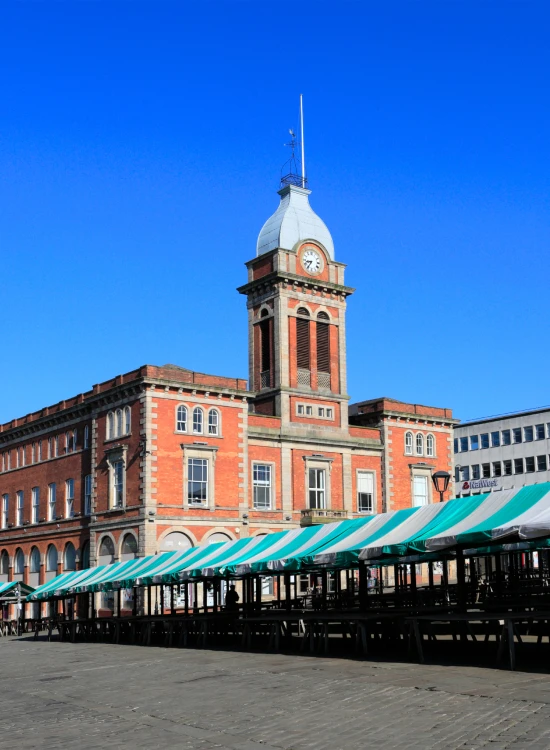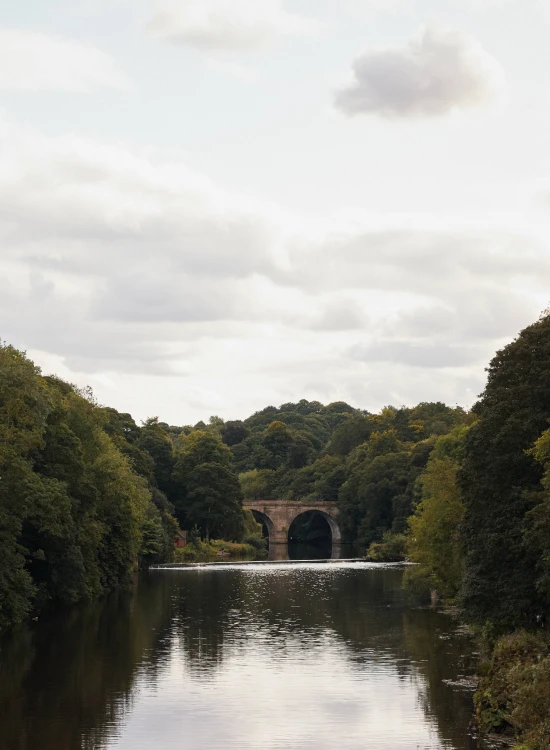
How the Yorkshire Sculpture Park has changed the way we experience art and culture
People travel from all over the country to see the cornerstone of art and culture that is the Yorkshire Sculpture Park (YSP). We take a look back at how the famous “gallery without walls” began and what the iconic exhibitions that made it the park it is today.
First opened in 1977, the Yorkshire Sculpture Park was born of a young art lecturer’s radical idea to create an outdoor art exhibit at Bretton Art College, Wakefield. Peter Murray, spurred on by the emergence of sculpture parks across Europe, wanted to bring the new cultural experience to his home country.
The emergence of sculpture parks
With help from government funding and support, the Middelheim Sculpture Park in Antwerp and the sculpture garden at Kröller-Müller Museum in Otterlo, The Netherlands were some of the first to be introduced in Europe. Their purpose was to bring about a positive mood after the war and spark a new, better future for society through access to art and culture.
Across the pond, USA millionaire Ralph E Ogden invested the wealth from his family business, Star Expansion Company, to create a sculpture park within the grounds of his Storm King estate in New York. Making a name for itself as a significant art venue during the 1970s, is still a successful and popular venue today.
When Murray set out to create the Yorkshire Sculpture Park however, he had no such fortune or government funding to help make his dream a reality. “We had no money, no rich backers or state funding, no staff, no audience or public support — there were not many things in our favour,” says Murray.
He did, however, have the support from Alyn Davies, the art college principal, a one-off grant from Yorkshire Arts and the help of just a few artists who created the pieces that made up the YSP’s opening exhibition in September 1977.
The birth of YSP
Despite the limited resources, Murray and his band of helpers (including artists, students and colleagues) managed to install and launch the first 31 sculptures that sealed the park’s immediate success. The art world was enthralled by this new and exciting experience and the YSP was met by all with enthusiasm.
In the early days, when Yorkshire Sculpture Park was just a radical idea in Peter Murray’s mind, the Bretton Hall grounds were littered with brick-built accommodation blocks for the students. Murray compared it to an American college campus, but he could see potential in the landscape.
The original approach was to simply place a sculpture where it felt right, however Murray soon realised that if the park was to expand, a more structured approach needed to be considered. “A gallery has artificial lighting that is unchanging, outdoors the seasons change; trees come into leaf and then out again,” says Murray. The changing landscape impacts the way the sculptures are viewed, meaning you can see the same sculpture differently with the changing days and seasons.
The evolution of nature and art
The Yorkshire Sculpture Park isn’t just renowned for its artistic offering. Over the forty years since opening, Murray and his team have transformed and restored the Bretton Hall landscape. With the help of York-based landscape architects The Landscape Agency and a £500,000 Historic Environmental Special Project grant from Nature England, the site has been reinterpreted, breathing new life into the old grounds.
They have enhanced 85 acres of woodland and nature reserves and two 65-acre lakes have been dredged and cleared. The work also saw historic features restored to their original glory, a beautiful Greek summerhouse and shell grotto, as well as long lost footpaths, opening up new areas of the grounds to be explored again.
The reworking of the landscape has in turn reinvigorated the art. The long-exhibited “Large Two Forms” by Henry Moore is now viewed against a sparkling watery backdrop instead of the heavy blanket of trees that previously framed it.
The sculpture park experience today
The newer pieces at Yorkshire Sculpture Park are now New works are now positioned with a 3D experience in mind, allowing each work of art to be viewed from various angles and locations. As the park has grown, so has the understanding of the landscape. The curators now have a better understanding of the mood and shape of the landscape, “and as the landscape has changed so has the perception of the work. It’s a two-way process,” says Murray.
The improvements made to the park’s landscape has not only opened more artistic opportunities, but has made the environmental factors a key part of the experience. A self-guided trail takes you to Richard Long’s piece, “Red Slate Line”, as well as drawing your attention to the colony of heron living in the park.
When your gallery is nature, an uncontrollable and unpredictable force, it can be both exciting and devastating says Murray. “Losing a tree is like losing a wall in a gallery. The result can mean that a sculpture needs to be moved, or, if not, the work may have to find a new life in that space. Sculpture is all about space”.
But needless to say, the raw beauty of the art in such a natural setting is all part of the allure of Yorkshire Sculpture Park. Since the opening in 1977, the park has continued to draw crowds from around the world, with visitors growing to over 500,000 per year. Peter Murray and the team have been able to share their experience and knowledge from the past 40 years to support others in the development of new sculpture parks worldwide. And the there’s no sign of the progression slowing for one of the UK’s most inspirational art venues.







